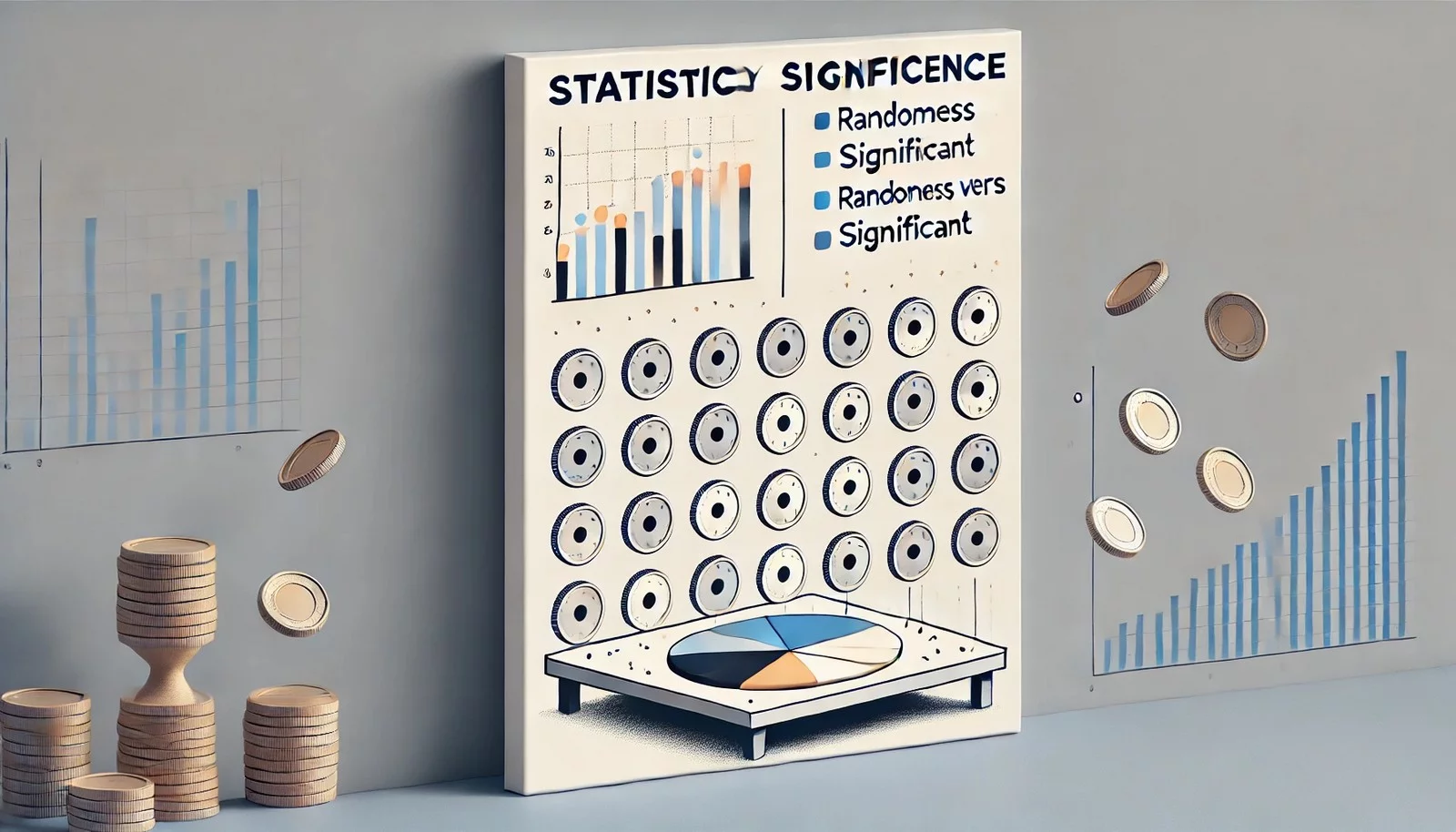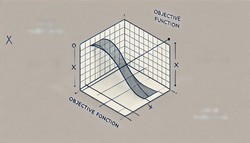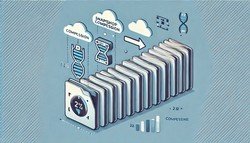Statistical Significance
 (Representational Image | Source: Dall-E)
(Representational Image | Source: Dall-E)
Quick Navigation:
- Statistical Significance Definition
- Statistical Significance Explained Easy
- Statistical Significance Origin
- Statistical Significance Etymology
- Statistical Significance Usage Trends
- Statistical Significance Usage
- Statistical Significance Examples in Context
- Statistical Significance FAQ
- Statistical Significance Related Words
Statistical Significance Definition
Statistical significance is a mathematical measure that helps determine whether the results of an experiment or study are likely due to chance or if they represent a true effect. It is commonly assessed using a p-value, which indicates the probability of obtaining the observed results under a null hypothesis. A result is considered statistically significant if the p-value is below a predetermined threshold (commonly 0.05), suggesting that the null hypothesis can be rejected.
Statistical Significance Explained Easy
Imagine flipping a coin and getting heads ten times in a row. Is that just luck or something strange? Statistical significance helps us figure out if the results are too unlikely to be just random chance. If something is statistically significant, it means it probably didn’t happen by accident.
Statistical Significance Origin
The concept of statistical significance originated in the early 20th century with pioneers like Ronald Fisher, who introduced hypothesis testing and p-values as methods to validate scientific results.
Statistical Significance Etymology
The term “statistical significance” comes from statistics, meaning the science of data analysis, and significance, implying importance or meaningfulness in results.
Statistical Significance Usage Trends
Statistical significance has become a cornerstone in scientific research, especially in fields like medicine, psychology, and economics. Its usage expanded with the rise of data-driven decision-making in the 21st century. Despite its importance, debates about its over-reliance and misuse in research have gained attention recently.
Statistical Significance Usage
- Formal/Technical Tagging:
- Statistics
- Hypothesis Testing
- Data Analysis - Typical Collocations:
- "statistical significance test"
- "p-value threshold"
- "statistically significant results"
- "null hypothesis rejection"
Statistical Significance Examples in Context
- In a medical trial, a new drug shows statistically significant improvement compared to a placebo.
- Market researchers determine that an ad campaign's success is statistically significant, indicating it positively affected sales.
- A/B testing in web design often relies on statistical significance to decide which layout performs better.
Statistical Significance FAQ
- What is statistical significance?
Statistical significance measures how likely it is that an observed result is due to chance. - How is statistical significance determined?
It is determined using a p-value compared to a threshold, typically 0.05. - What does a p-value indicate?
A p-value shows the probability of obtaining the observed data if the null hypothesis is true. - Why is statistical significance important in research?
It helps distinguish meaningful results from random noise. - What are common thresholds for statistical significance?
The most common threshold is 0.05, though stricter levels like 0.01 are also used. - Can results be statistically significant but not practically important?
Yes, statistical significance does not guarantee practical relevance. - What is a null hypothesis?
The null hypothesis is a default assumption that there is no effect or relationship between variables. - How is statistical significance used in A/B testing?
It confirms whether differences in performance between versions are due to chance or a real effect. - What are the risks of relying too much on statistical significance?
Misuse can lead to false conclusions and ignoring practical significance. - How does sample size affect statistical significance?
Larger sample sizes increase the power of a test, making it easier to detect significant differences.
Statistical Significance Related Words
- Categories/Topics:
- Data Science
- Hypothesis Testing
- Probability
Did you know?
Statistical significance once helped confirm the existence of the Higgs boson particle in physics, changing our understanding of the universe.
Authors | Arjun Vishnu | @ArjunAndVishnu

PicDictionary.com is an online dictionary in pictures. If you have questions or suggestions, please reach out to us on WhatsApp or Twitter.
I am Vishnu. I like AI, Linux, Single Board Computers, and Cloud Computing. I create the web & video content, and I also write for popular websites.
My younger brother, Arjun handles image & video editing. Together, we run a YouTube Channel that's focused on reviewing gadgets and explaining technology.
















Comments (0)
Comments powered by CComment